Terry petunia: varieties and tips for growing

Terry petunia is one of the most beautiful flowers that can decorate the landscape of any summer cottage. Gardeners love her for the simplicity of care and the abundance of flowering. The material in this article will acquaint readers with the peculiarities of the plant, its best varieties and nuances of cultivation, which will make it possible to make cozy not only the adjacent territory, but also any room in an apartment or house.
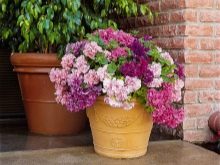
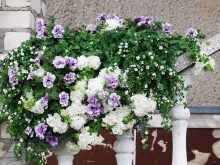
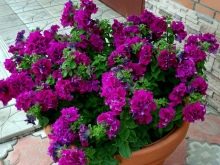
Peculiarities
Petunia is found naturally in the rainforests of South America. A plant with double flowers is nothing more than a hybrid, the life of which does not exceed one year. It was bred by breeders, and therefore it differs from its relative in the height of the bush, which rarely exceeds 50 cm.On average, the greenery is 15-20 cm in height.
Petunia differs from other flowers in the abundance of flowers and their shape. Some of them resemble roses, others look like petals chaotically gathered into a single flower. The differences depend on the plant variety belonging to the Solanaceae family. From other varieties of the genus, terry petunia always has more than five petals. As for the flower, the color can be very diverse, from white and pale pink to almost black and purple. All varieties were bred artificially, while depending on the type of plant, the size of the flowers may be different. For example, along with large-flowered ten-centimeter specimens, you can also find varieties with small flowers.
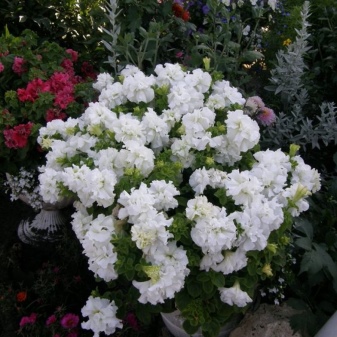
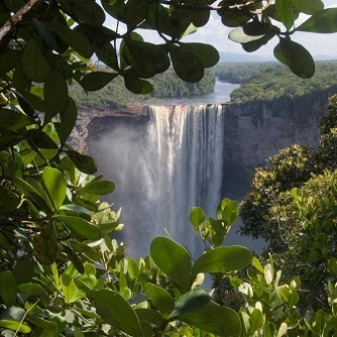
The shape of the floral edge varies. It can be corrugated or slightly wavy, or even completely cut. The structure of the flower is velvety; during formation, it can form folds. The coloring of the same colors can be either one- or two-color. For example, on the flower beds of gardeners, you can see lush beauties with flowers of violet-white, white-burgundy, pink with a burgundy center color. Sometimes the color resembles blots, sometimes it is a contrasting color along the corrugated edge of the flower. The foliage of the plant is small but lush. As a rule, during the flowering period, almost half of it is covered with flowers.
Terry petunia has a weakly branched root system and vegetative organs. The roots are straight, but not long. The leaves are covered with fine hairs, they are asymmetrical and can differ in shape on one bush.
Flowering in summer lasts no more than three weeks, but there are practically no stamens and pistils on the flowers.
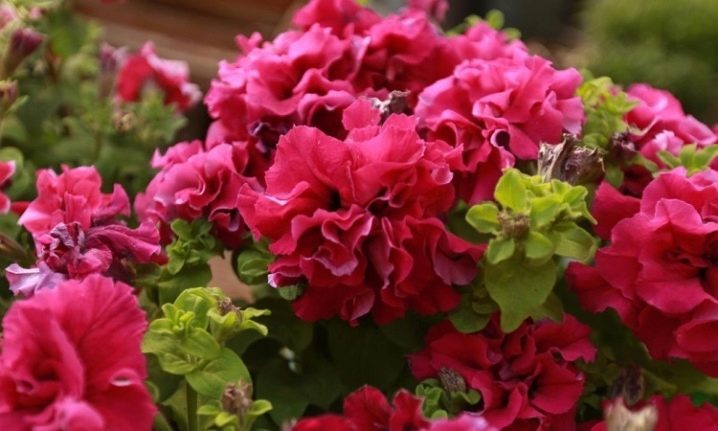
Views
To date, breeders distinguish several types of terry petunias. It can be multi-flowered, large-flowered, floribunda and ampelous. Each species has its own characteristics. For example, multi-flowered plants are distinguished by a relatively small size of flowers, which rarely reaches 7 cm. Such varieties of petunias bloom earlier than others, they are planted in flower beds more often, since they are resistant to various weather conditions.
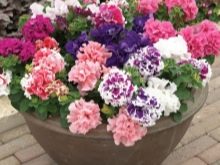
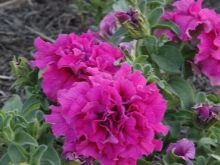
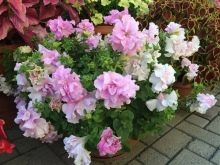
Large-flowered petunia or grandiflora differs from the previous species in the larger size of flowers, but in a smaller number of them. These flowers reach 10 cm in diameter, the bushes are spreading and tall. However, the plants of this series are sensitive to growing conditions and whimsical to care. The edges of the flower petals can be smooth and corrugated. Floribunda is a cross between the two previous varieties. This group of plants does not create problems in care and does not get naughty when planted in flower gardens and flower beds.The ampel group of terry petunias is good for landscaping balconies and summer gazebos. Unlike other types of flowers, these plants have the stems dropping to the ground.
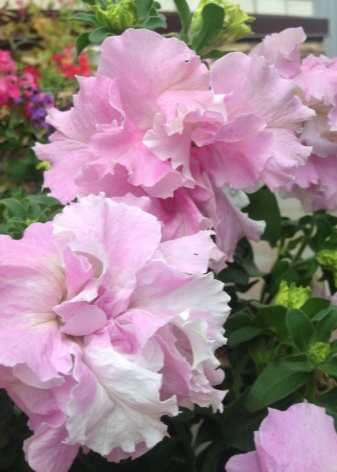
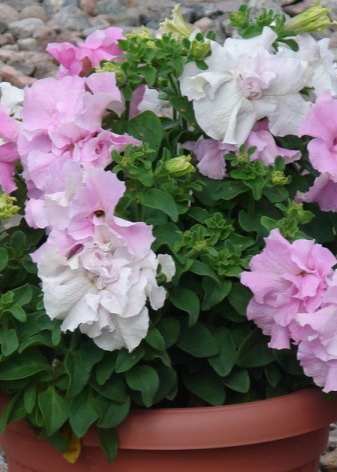
Varieties
Today, breeders have bred more than twenty varieties of terry petunia. All of them have sonorous names and external differences, which are manifested in the size of the bush, the color of the flowers and the shape of the leaves. Of these, the following best varieties are especially popular with florists.
- "Glorias mix" - hybrid petunia with double flowers and good branching. It is characterized by a long and lush flowering, a mixture of different colors.
- "Gloriosa F1" - large-flowered petunia with a flower diameter of 10 cm and a variety of colors. Flowers can be dyed one or two colors.
- "Duo burgundy" - a chic variety with a pink-burgundy color of lush flowers and a small foliage. Differs in the corrugation of flower petals and a height of 15-17 cm.
- "Tart Bonanza Mix" - multi-flowered variety of terry petunia, resistant to diseases and pests. Differs in the small size of flowers.
- "Boston" - a profusely flowering annual with compact shoots and a height of no more than 40 cm.In comparison with other varieties, it has a greater number of lush flowers with an average diameter of 5 cm.
- "Delight" - a terry favorite of the garden, a large-flowered cascade petunia, distinguished by a two-tone color of flowers and a pronounced corrugated edge of petals tightly packed into buds.
- "Duo blue" - purple terry petunia with small leaves and neat flowers 5 cm in diameter. It blooms from June to September, is distinguished by drought resistance and a craving for the nutritional value of the soil.
- "Artist" - an exclusive spreading mixture with short stems and large flowers (on average 10 cm), blooming in July.
- "Love story" - a light-loving variety with red and blue flowers, 9-10 cm in diameter, distinguished by abundant flowering from July to September.
- "Duo red and white" - a two-color hybrid-annual with neat leaves and a spherical shape of flowers. The color of the flowers is chaotic, this variety blooms in June.
- "Denim" - a variety with blue flowers and a loose flower filling. Belongs to the multi-flowered group of petunias, used for landscaping balconies, terraces and pots.
- "Boucle" - an annual up to 45 cm high and a flower diameter of 7 cm. Often it is the prima of a flower garden and the pride of a gardener. Differs in abundant flowering and two-tone color.
- "Duo Salmon" - low-growing terry petunia of compact size with a bush height of 15-20 cm and large flowers in comparison with its height, reaching a diameter of 7 to 12 cm. It has an average filling of the bud with petals.
- "Orchid Mist" - ampelous type bush with flowing stems. A fast-growing variety of terry petunia with a spherical shape, growing in length up to 35 cm. It is distinguished by a pale pink color of flowers.
- "Duo Lavender" - a densely double petunia variety with flowers 7 cm in diameter. The hybrid belongs to the floribunda group, the flowers are distinguished by a bright lilac color and a high degree of corrugation.
- Duo Rose and White - one of the most beautiful varieties of the two-tone type with pink-white flowers, 6-7 cm in diameter. It has a pronounced corrugated edge and bright green foliage.
- "Masquerade" - a mixture of colorful plants with a beautiful flower shape and bright colors from peach to dark beetroot. It can be one- and two-color with a pattern in the form of spots and stripes.
- "Gloria" - a variety belonging to the large-flowered group (flowers reach 10 cm in size). Differs in a jagged edge of the leaves and the total size of the bush up to 65 cm. It has a variety of colors - from white to red and maroon.
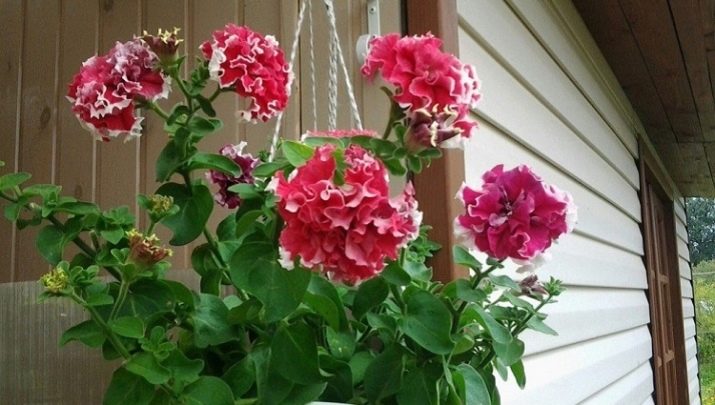
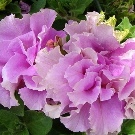
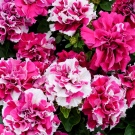

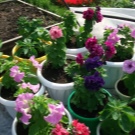
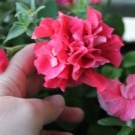
Landing
The soil for planting terry petunias is prepared in advance. For example, the land can be prepared in the fall by adding humus and sand to it.Before planting a plant, the soil must be calcined in order to disinfect. It is also important to choose the right place: you cannot plant petunia near the house, which will block the sun for it, creating an impenetrable shadow and strong coolness.
Petunia is grown from seeds, and the method is considered quite laborious due to their tiny size. Sow them away from each other to avoid the spread of the so-called black leg. After planting, they are sometimes sprinkled with finely crushed soil and watered. However, there is an opinion that it is enough to sow the seeds on the ground and moisten by spraying. As a rule, seedlings appear after 12-14 days. After calcination, the earth is watered with a weak solution of potassium permanganate. After a day, you can plant seeds. When they appear and get a little stronger, they are transplanted in rows into separate containers with an even step between the shoots.
Do not keep sprouting petunia in a dark place, since seeds germinate exclusively in the light.
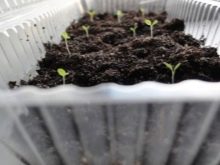
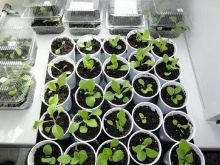
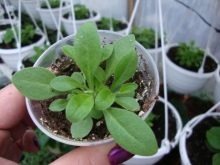
Care
Growing terry petunia at home is a simple process, but mandatory and regular. It is necessary to thin out the bush, water it in time and provide it with access to the sun. Good care will allow you to get a sprawling bush that can become the pride of a flower garden.
Temperature regime
Choosing the right temperature for germination is essential. In order for the seedlings to develop quickly and be strong, the room should be at least +20 degrees. Lower temperatures will slow down plant growth. On average, the optimum temperature for the development of terry petunia is considered to be + 22-24 degrees.
In winter, the temperature in the room where the planting material is stored should be reduced.

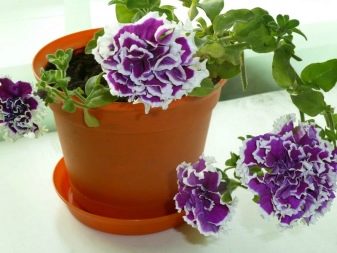
Lighting
Terry petunia is photophilous, and therefore the place for planting it must be chosen correctly. When placed in the shade, leaves and shoots will form, and the flowers will not have enough sun for full development. When growing seedlings in a room with a lack of light, the sprouts are provided with auxiliary lighting. If the seedlings grow in a shaded place, they stretch out in search of the sun and weaken, the shoots become lethargic and soft, the leaves and flowers lose their juiciness. In addition, the lack of light will affect the growing season.


Watering
To grow a lush bush with abundant flowering, you need to ensure that the plant is frequently watered. It can be watered twice a day, either in the morning or in the evening, when the flower will not be exposed to direct sunlight. However, it is impossible to fill the soil with water, since excess moisture is destructive for petunias. At the same time, it is important to water properly.
While the sprouts are still small and immature, they are sprayed with water at room temperature from a spray bottle. To rid the liquid of heavy metal salts and harmful impurities, it is defended or filtered. Watering the plant should be dosed, it is unacceptable for the soil to dry out. The frequency of watering depends on the period of development of the bush. For example, during its formation and pinching to increase the density of the shoots, it is larger. If the humidity in the room is insufficient when growing seedlings, it is necessary to humidify the air. This can be done both by means of a special device for humidifying the air, and artificially.
For example, you can put a container of water next to the container, remembering to replenish it when it evaporates.
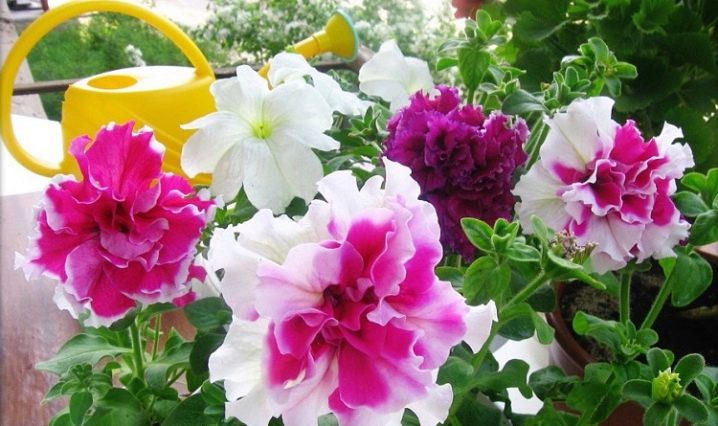
Fertilizer
The plant loves nutritious soil, and therefore from time to time it needs to be fed with mineral fertilizers. You can also feed terry petunias with chicken droppings. Make fertilizer can not be too often, but a rare recharge of the soil also has a negative impact on its development, as the soil in which plants are planted densely, exhausted very quickly.Those who grow petunia in flower beds and flower beds should take into account that from time to time the soil must be replaced with fresh nutrient, since fertilizers alone will not be able to saturate it with everything the plant needs. For seedlings, you can buy the substrate in a specialized store.
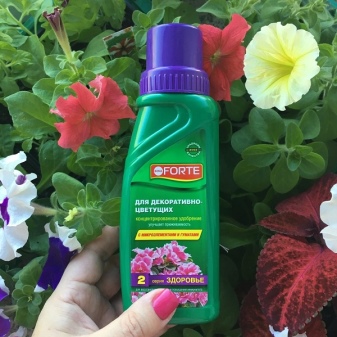
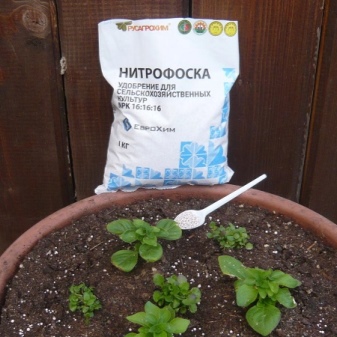
Reproduction
You can propagate petunia by cuttings. To do this, cut the upper cuttings from the tops of the shoots 8-10 cm long. Cut the buds and flowers from the cuttings, as well as the lower leaves. After that, they are shortened, without touching the upper leaves, and planted in moist soil by one third of their length. For better rooting, drugs are used to stimulate plant growth.
When the cuttings are planted in the ground, they are placed at a distance of no more than 2 cm from each other. After that, the container is covered with glass and removed for rooting in a warm place, where the temperature is at least + 21-24 degrees.
When the cuttings take root, they are transplanted into new containers and prepared for wintering. Now you can put them in a cooler room and reduce watering.
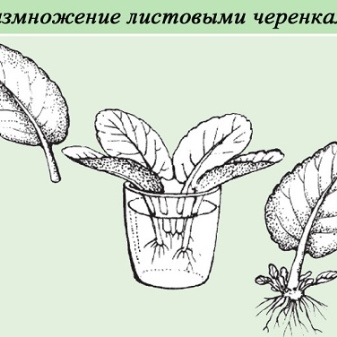
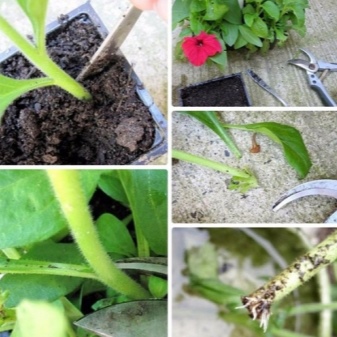
Pests and diseases
Most varieties of terry petunia are resistant to pests and diseases. However, if the plant is still sick, it is necessary to identify the cause and eliminate it. As a rule, all troubles are associated with improper care. Let's point out possible problems and ways to solve them.
- When gray mold appears, you need to change the landing site. It appears from excess moisture and frequent rains, which is detrimental to plants growing in open ground.
- Sometimes petunias are attacked by plant aphids and spider mites, which must be eliminated by spraying with a special insecticide. Severely affected leaves must be removed from the bush.
- If powdery mildew attacked the bush, then the irrigation and humidity regime is violated. The affected parts of the plant are cut off, the cut sites are treated with sulfur.
- When root rot appears, the roots darken and become soft. Here you have to use a fungicide.
- Yellowing of the foliage indicates chlorosis. This means that the plant lacks iron due to excess calcium in the soil.
- Whitefly rarely appears on terry petunia. Its prevention will be the constant airing of the room where the flower is grown.
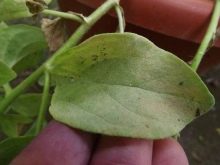

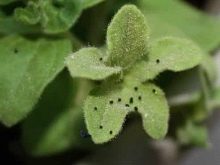
In the next video, you will find the secret of growing terry petunias.







































































































The comment was sent successfully.